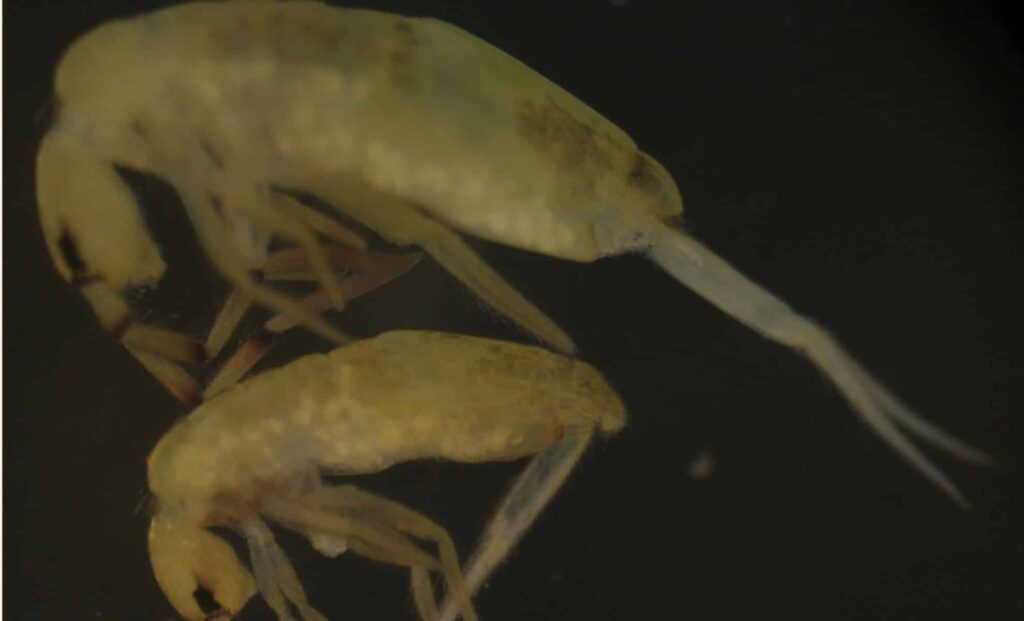The discovery is significant not only because of the new species identified but also due to the methodological approach that combined molecular and traditional morphological analysis. By leveraging advanced tools like COI barcoding, the team was able to identify species that might otherwise have remained hidden due to their cryptic nature. These findings could have important implications for future research into biodiversity and ecosystem health in China.
The Setting: A Biodiversity Hotspot in Southwest China
The Lepidosira springtails were discovered in the Yintiaoling National Nature Reserve, located in Chongqing, southwestern China. This reserve, known for its rich biodiversity, provided the perfect environment for the discovery of these new species. According to Xiaowei Qian, one of the lead researchers, the subtropical forests here are teeming with life, but much of it remains underexplored.
The team’s fieldwork involved meticulous sampling and specimen collection from leaf litter in the region, an area that offers a unique snapshot of the ecosystem’s complexity. The researchers were able to access locations within the reserve at altitudes reaching over 2,000 meters, adding another layer of significance to their discovery. These environments, characterized by high humidity and diverse plant life, create the perfect conditions for Lepidosira species to thrive, as they play a critical role in soil fertility and ecosystem functioning.
New Species of Lepidosira Expanding Scientific Knowledge
The four newly discovered species, Lepidosira apigmenta, L. similis, L. wuxiensis, and L. chongqingensis, mark a notable addition to the genus, which had not previously been recorded in China. According to the research published in Deutsche Entomologische Zeitschrift, these species were identified through detailed analysis of both genetic markers and physical characteristics. The team used COI barcoding, a method of genetic identification that proved crucial in distinguishing the new species from others that appear similar but are genetically distinct.
The findings are particularly important as they contribute to a better understanding of the evolutionary relationships within Lepidosira. While springtails are often underestimated in their ecological importance, these creatures are vital for soil health, helping to break down organic material and recycle nutrients. The discovery also introduces taxonomic updates for other species of Lepidosira, correcting previously held assumptions about their classification based on new molecular evidence.

Advancing Taxonomy with Molecular Tools
The use of molecular markers, especially the COI barcoding method, played a pivotal role in this study. According to the researchers, relying on traditional identification methods based solely on physical traits like color patterns could lead to misidentifications, especially in species that exhibit minimal visible differences. By using genetic sequencing, the team overcame this limitation and provided a clearer picture of the diversity within Lepidosira.
This molecular approach has not only confirmed the existence of the new species but also prompted a reevaluation of two previously recognized species. The study proposes new classifications for these species based on their genetic relationships to Lepidosira. The findings provide a fresh perspective on the taxonomy of the Entomobryinae subfamily, which will be invaluable for future research in the field.


In addition to the species descriptions, the researchers compiled an updated identification key for the scaled genera within the subfamily, offering a tool for future studies in the region. This key, along with the genetic data, will likely serve as a benchmark for other researchers working on Collembola taxonomy, particularly in Southeast Asia.
The discovery of these four new Lepidosira species highlights the ongoing importance of exploring under-studied regions and ecosystems. According to Meidong Jing, another key researcher, these findings could lead to more species being uncovered in China’s subtropical and temperate zones. These new species are just the tip of the iceberg in terms of what could be discovered in China’s diverse ecosystems. Researchers hope that their work will inspire more studies into the lesser-known arthropods that play essential roles in maintaining ecosystem health, from soil aeration to nutrient cycling.

